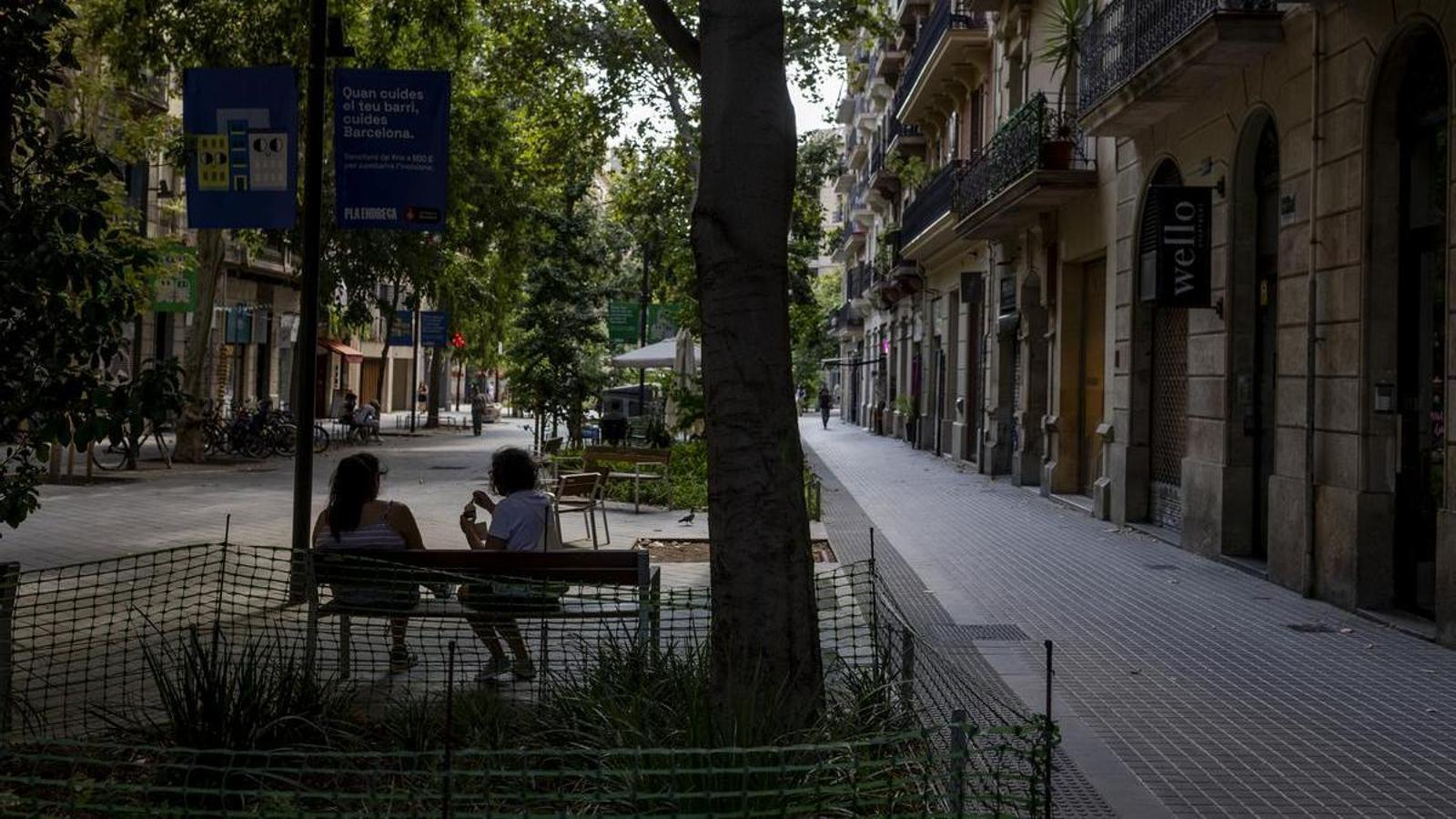Gentrification is the dark side of urban space improvement.


It was one of the criticisms made from the very beginning of the project to pacify Barcelona's Consell de Cent street: gentrification. That is, the prices of apartments and commercial premises would rise, driving out longtime residents. Now, the study Price de la green: the rental market effects of Barcelona's green axes policy, Prepared by Pompeu Fabra University (UPF) professors Josep Maria Raya and Ghizlen Ouasbaa and Erasmus University Rotterdam professor Pedro de Solà-Morales Casals, it provides data on rental prices. In the areas closest to the green axis, rents rose between 12 and 14% more than in the rest of the city. The study confirms that rents are now around €200 more expensive than before, and has demonstrated this by comparing prices in the area at different distances from the green axis with those of other areas of the city over the last seven years. As expected, this increase has occurred mainly since the completion of the works, that is, in 2023, and it is foreseeable that, given the successful use of space by citizens and the calming of noise and traffic, it will increase even further in the future.
It's good to have studies that thoroughly analyze the phenomenon because they can provide tools to try to offset this effect in future actions. However, we can't just sit back and relax. It's well known that the rehabilitation and pacification of urban spaces generates gentrification. It always occurs when an urban intervention improves the area, as this makes it more attractive and more people are willing to pay to move there. This, due to market logic, produces a displacement of the original population. The same thing has happened in Raval Nord or Poble Nou, and it's a constant in all cities around the world. In fact, it's a common gag in some series or movies to see residents of an area vandalize their homes to prevent invasion. hipsters in their neighborhood when it improves and becomes fashionable.
This doesn't mean that public spaces shouldn't be intervened or improved. Not at all. On the contrary. Although the reform of the green axis of Consell de Cent is still in the courts and we'll have to see how it all turns out—it's unlikely that the process can or will be reversed—one way or another, the pacification of the city and the increase in green spaces, to the detriment of spaces for cars, will continue. For health reasons and for consistency with the agenda to combat the climate crisis. Urban improvements today undoubtedly involve reducing vehicle traffic, providing more space for pedestrians, and offering more greenery and cleaner air to people. Now, considering that all this is happening at a time of real estate crisis and skyrocketing rents in general, it's clear that control measures must be taken and, if possible, protection of the residents who are most affected: those with lower incomes. How can this be done? The solution isn't easy because, no matter how much aid is given, it's clear that residents living in gentrified areas can't be subsidized forever, but they can't be abandoned either. Studies like this one help quantify the problem and also show where it can be improved. What is certain is that the government must intervene not only in urban improvements but also in public market control.
